




Did you find this useful? Give us your feedback




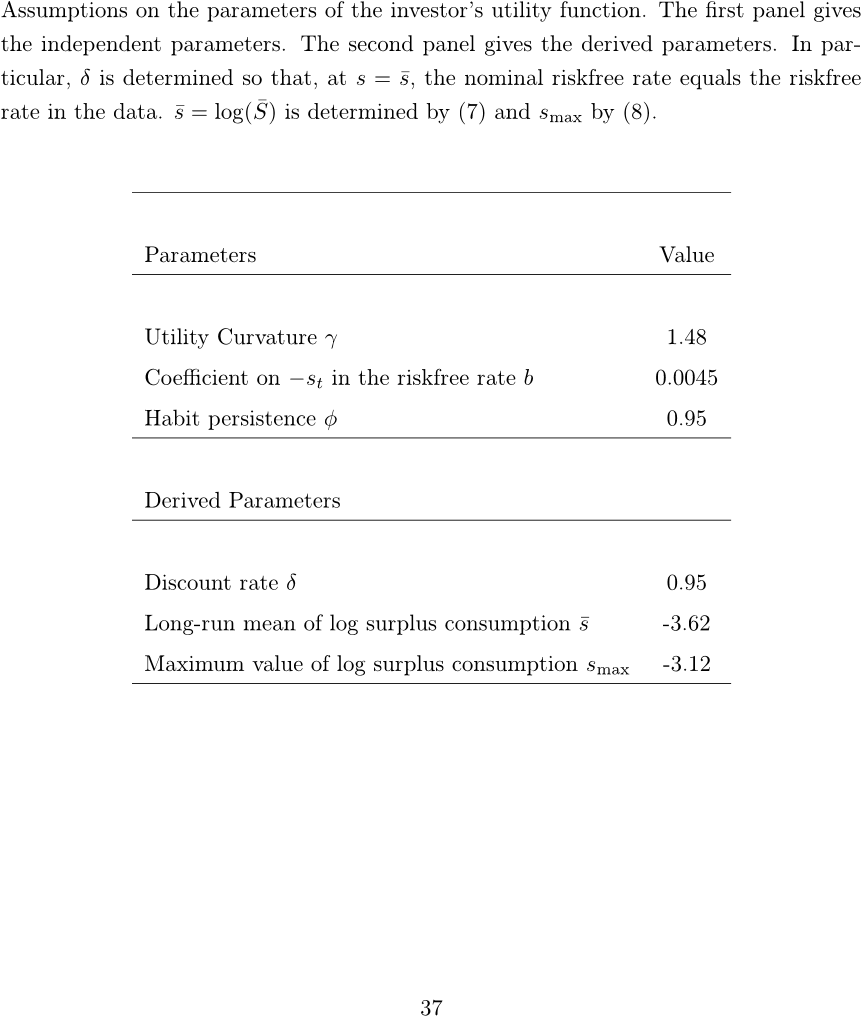
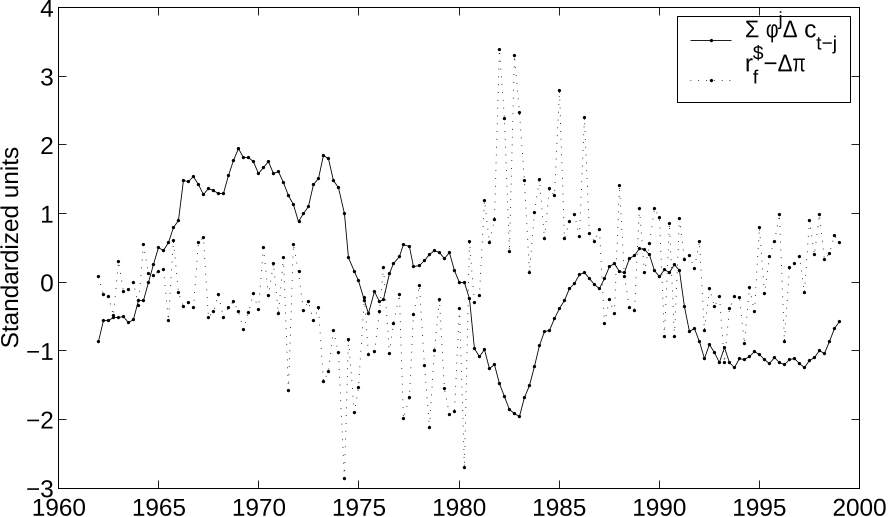

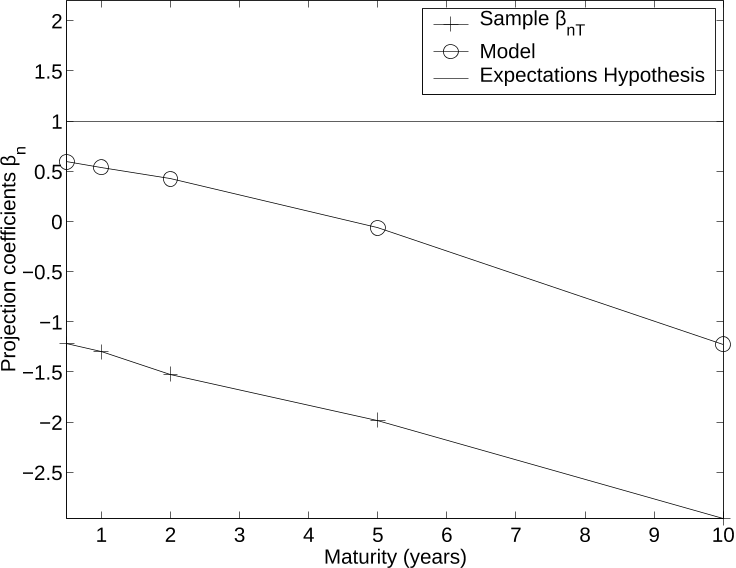
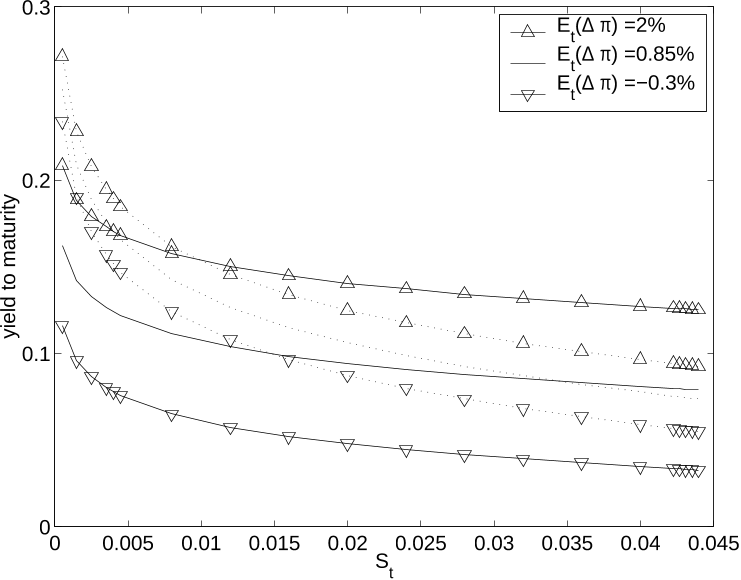

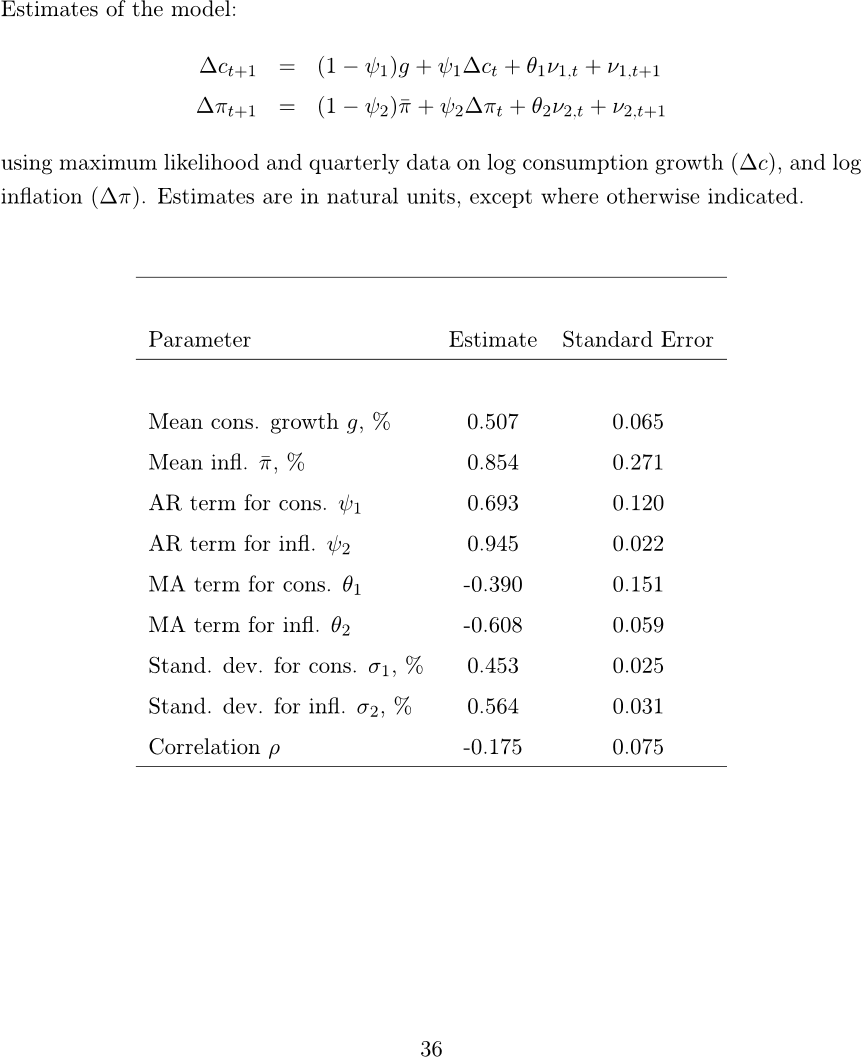
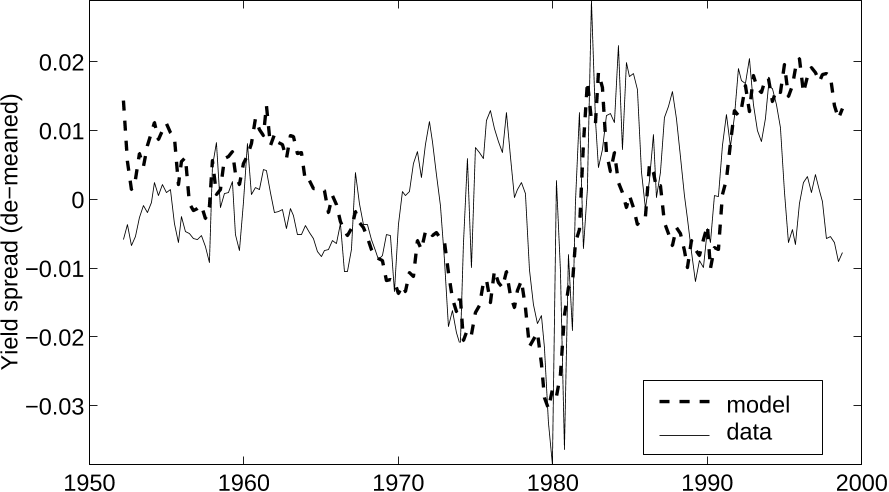
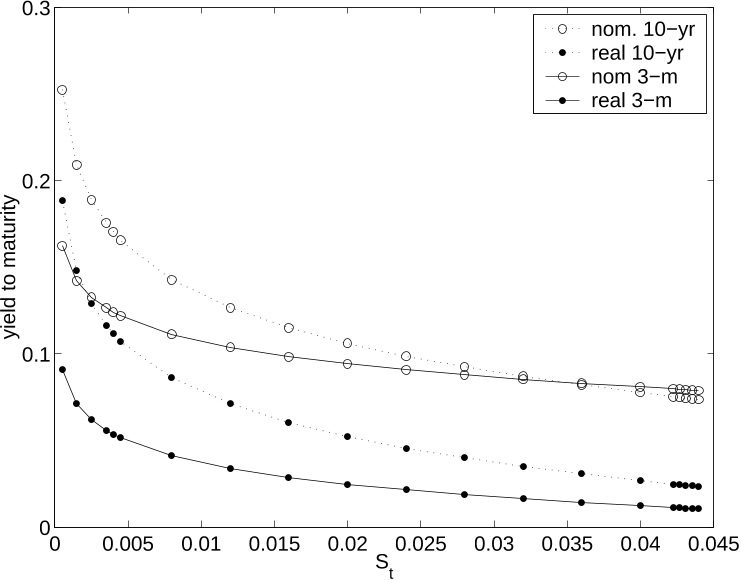





3 citations
3 citations
...Davis and von Wachter (2011) show that, in periods of high unemployment, wage loss is up to three years of pre-displacement earnings....
[...]
3 citations
3 citations
3 citations
10,019 citations
...In addition, results available from the author show that price–dividend ratios have the ability to predict excess returns on equities, just as in the data (Campbell and Shiller, 1988; Fama and French, 1989), and that declines in the price–dividend ratio predict higher volatility (Black, 1976; Schwert, 1989; Nelson, 1991)....
[...]
...…from the author show that price–dividend ratios have the ability to predict excess returns on equities, just as in the data (Campbell and Shiller, 1988; Fama and French, 1989), and that declines in the price–dividend ratio predict higher volatility (Black, 1976; Schwert, 1989; Nelson, 1991)....
[...]
7,014 citations
6,141 citations
...Thus, the model can fit the equity premium puzzle of Mehra and Prescott (1985)....
[...]
4,110 citations
...In addition, results available from the author show that price–dividend ratios have the ability to predict excess returns on equities, just as in the data (Campbell and Shiller, 1988; Fama and French, 1989), and that declines in the price–dividend ratio predict higher volatility (Black, 1976; Schwert, 1989; Nelson, 1991)....
[...]
...…from the author show that price–dividend ratios have the ability to predict excess returns on equities, just as in the data (Campbell and Shiller, 1988; Fama and French, 1989), and that declines in the price–dividend ratio predict higher volatility (Black, 1976; Schwert, 1989; Nelson, 1991)....
[...]
3,886 citations